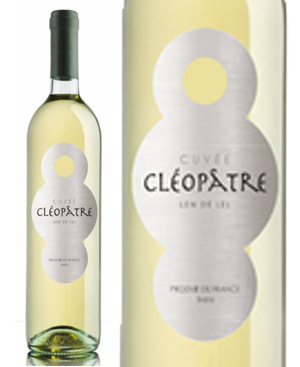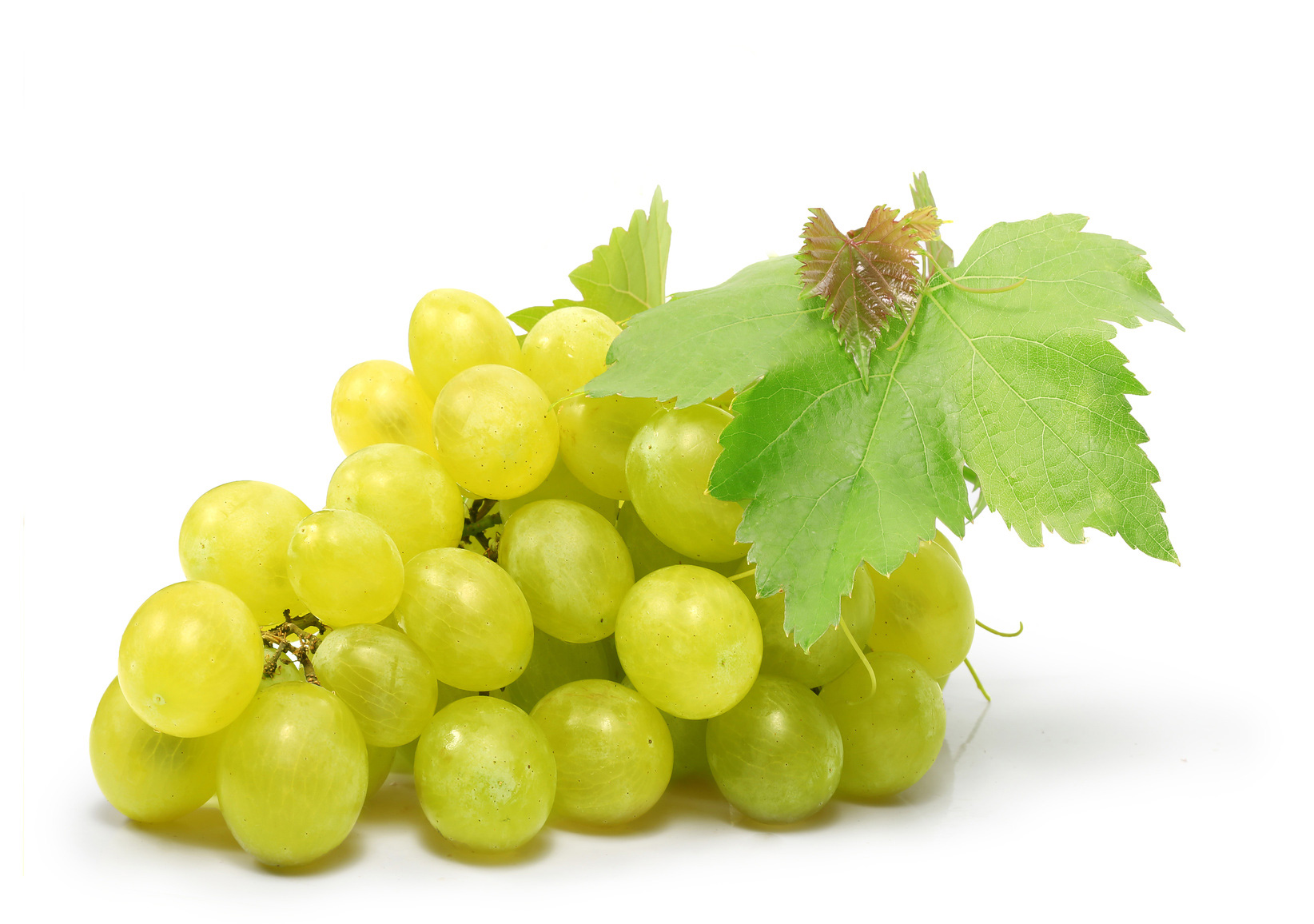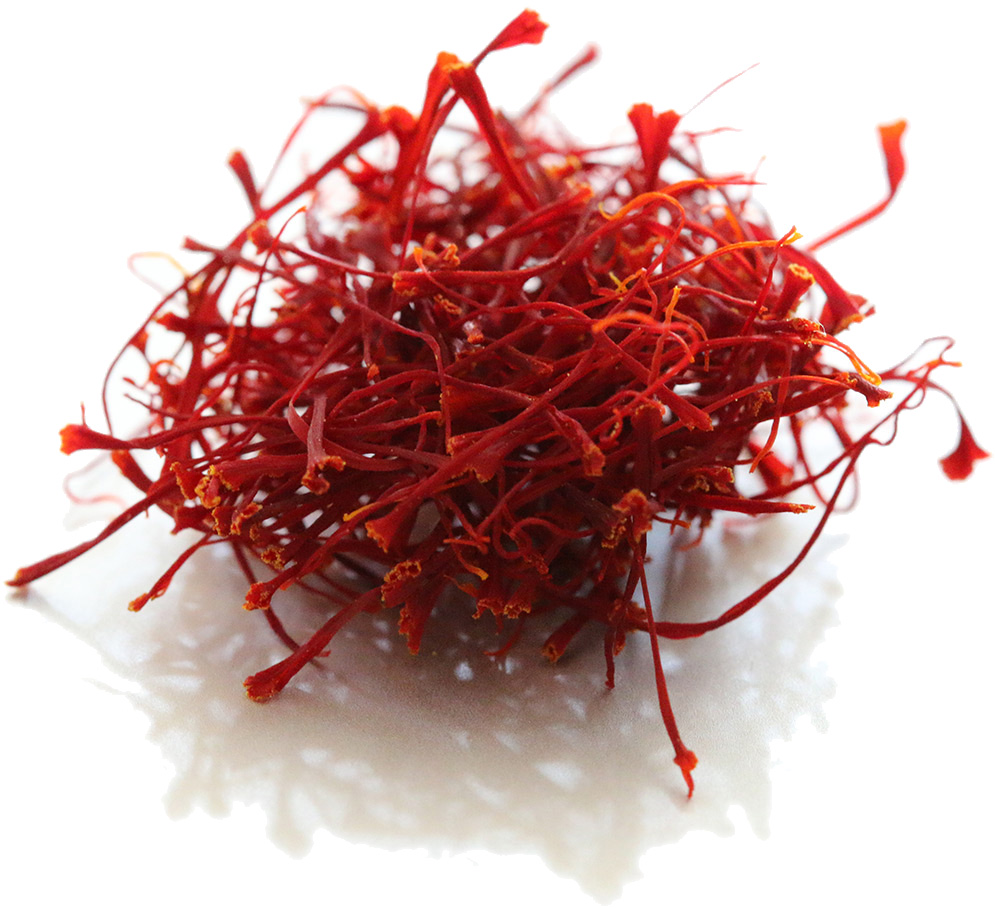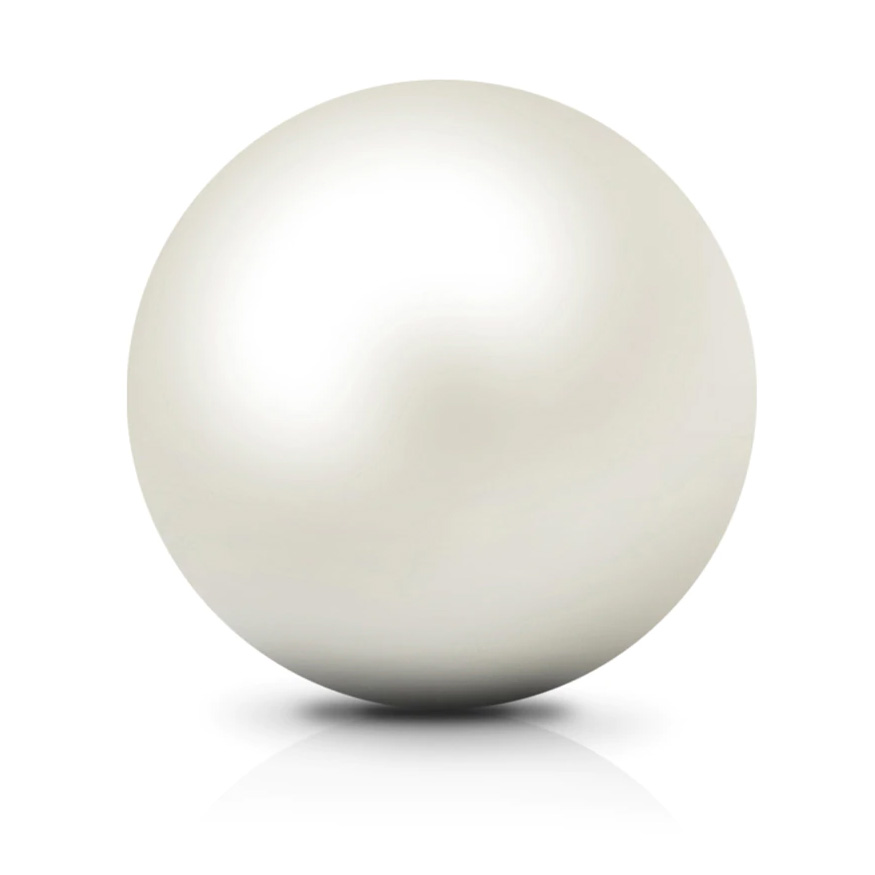
Exceptional drink, chic and original, for your enjoyment.
Made with love in the Tarn!
The cuvée Cléopâtre

This millennia-old grape variety is specific to the territory of Gaillac (Tarn, France) has simply exceptional aromas of wild flowers, citrus fruits or candied fruits.
Some say that it comes from a local variety of wild grapes, others speak of an old legend about a Roman legionnaire who received at his retirement a piece of land on the edge of the Tarn river, on which he grew grapes that came from the other side of the Mediterranean sea..
Traditionally, it is used in Gaillac to elaborate dry white, sparkling or sweet wines.


The origins of saffron, on the other hand, remain mysterious. No ethnobotanical research has shed light on its original location. However, the first written or pictorial traces can be found in Mesopotamia or Kashmir, dated from more than 4000 years. It has then gradually migrated westward into the Mediterranean basin.
Saffron has tinctorial, therapeutic and taste powers: the Romans used it in beverages for its stimulating action on morale... and its alleged aphrodisiac virtues!
Saffron appeared in France in the Middle Ages thanks to the Crusaders who brought back some crocus sativus bulbs. Since then, it has thrives on our land.
Saffron has tinctorial, therapeutic and taste powers: the Romans used it in beverages for its stimulating action on morale... and its alleged aphrodisiac virtues!
Saffron appeared in France in the Middle Ages thanks to the Crusaders who brought back some crocus sativus bulbs. Since then, it has thrives on our land.
Eventually, to magnify the aromas of the grape, we use a pearl to de-acidify it partially and highlight its subtle and powerful aromas. The pearl is inseparable from the Cleopatra Cuvée. It is the link between our manufacturing process and the famous Cleopatra pearl wine.
The chemical composition of a pearl may vary somewhat depending on its place of origin. For this reason, we only use natural pearls of the same origin, white color and AA quality.
In some cases, pearls contain more or less organic matter or water, but because these variations are very small, we can remember the following figures for their composition:
- Aragonite, 91.72% (microscopic crystals arranged unevenly which gives rise to an infinite play of light over the entire surface of the pearl).
- Conchyoline, 5.94% (organic link between this multitude of crystals).
- Water, 2.23%
- Miscellaneous, 0.11% (mineral salts for the most part)

The consumption of pearl residue is not dangerous to humans. The Romans held for a remedy of choice against madness a mixture of crushed pearls and distilled water. As for the Chinese, it was against gastric embarrassment that they swallowed pearl powder. Later, around 1600, in the English pharmacopoeia, pearl powder in lemon juice was recommended as a fortifier.


